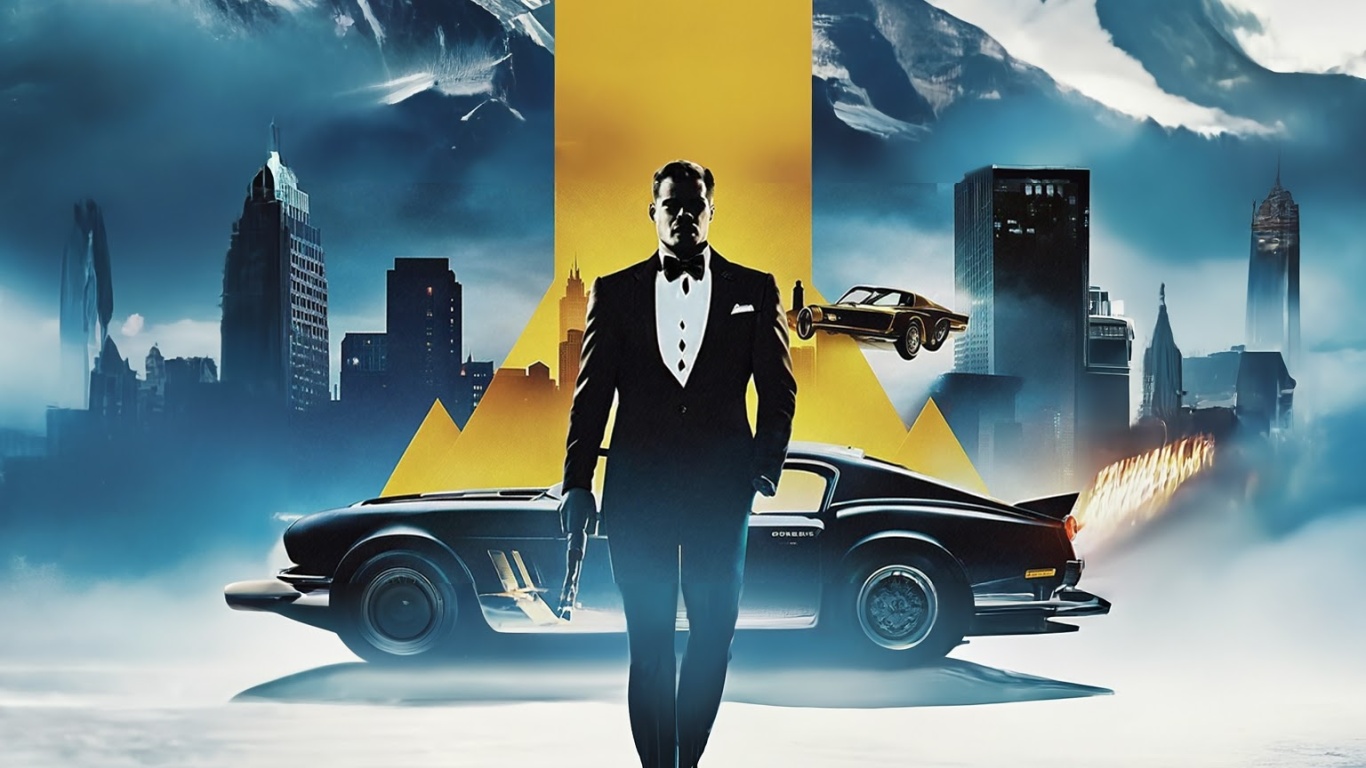The Evolution of James Bond: From 1962 to Today
The Birth of a Legend: James Bond in 1962
The character of James Bond, created by author Ian Fleming, made his first cinematic appearance in 1962 with the film “Dr. No.” Played by Sean Connery, Bond quickly became a symbol of sophistication and an icon in the spy genre. The search query “James Bond 1962” brings to mind the debut of this suave British agent, whose adventures have captivated audiences for over six decades.
In these early years, Bond’s character was defined by his signature style, charm, and a license to kill, all of which were perfectly embodied by Connery. Films from this era, like “From Russia with Love” and “Goldfinger,” introduced seminal elements such as the iconic Aston Martin and the infamous Bond villains. The foundation laid by Connery set a high standard for future James Bond films and actors.
Keywords such as “James Bond 1962,” “Sean Connery,” and “Dr. No” are often associated with the birth of this cinematic legend. The cultural impact was immediate, establishing a franchise that would evolve and adapt through the decades.
The early 60s films not only set the tone for the character but also for the entire spy film genre. Sean Connery’s portrayal remains a benchmark against which all future Bonds are measured. The early films introduced audiences to the thrilling world of espionage, complete with cutting-edge gadgets, exotic locations, and complex villains.

Transition and Transformation: The 1970s and 1980s
As the 1970s arrived, the James Bond franchise underwent significant changes. Roger Moore took over the role with “Live and Let Die” in 1973, bringing a lighter and more humorous touch to the character. This period marked a shift from the hard-edged espionage of Connery’s era to a more playful and extravagant style.
Keywords such as “Roger Moore” and “1970s James Bond” are synonymous with this dynamic transformation. Moore’s interpretation of Bond introduced a era of wit and extravagance, with films like “The Spy Who Loved Me” and “Moonraker” showcasing increasingly outlandish plots and epic set pieces.
The 1980s saw Timothy Dalton take up the mantle, emphasizing a return to the darker, more serious roots of the character, as seen in “The Living Daylights” and “Licence to Kill.” Dalton’s Bond was known for his intensity and commitment to Fleming’s original portrayal of the spy.
This era of evolution demonstrated the franchise’s ability to adapt to changing cultural contexts and audience expectations, ensuring that James Bond remained relevant and exciting for viewers around the globe.
The 1990s Revitalization: Pierce Brosnan’s Era
The 1990s brought a renewed energy to the James Bond franchise with the casting of Pierce Brosnan. His debut in “GoldenEye” in 1995 reinvigorated the series, combining the charm of Connery with the humor of Moore. “GoldenEye” was a significant success, signaling a robust return for Bond in a new technological era.
Brosnan’s tenure, depicted in films like “Tomorrow Never Dies” and “The World Is Not Enough,” introduced the character to a post-Cold War audience. Keywords such as “Pierce Brosnan” and “GoldenEye” highlight this period of sleek action and technological themes.
The Brosnan era was marked by an emphasis on high-tech gadgets and larger-than-life villains, appealing to the audience’s taste for action-packed narratives. This period also saw the franchise tapping into the burgeoning digital landscape, evident in Bond’s sophisticated gadgets and the use of CGI effects.
These films played a crucial role in bridging the gap between the traditional espionage narratives and the modern action-thriller format that would define the franchise in later years.
The Modern Bond: From Daniel Craig to the Future
In 2006, Daniel Craig was introduced as the latest James Bond in “Casino Royale,” a film that rebooted the series with a fresh, gritty approach. Craig’s portrayal brought a raw physicality and emotional depth to the character, resonating with contemporary audiences.
This modern interpretation of Bond, seen in films like “Skyfall” and “Spectre,” has been marked by a focus on character development and intense action sequences. Keywords such as “Daniel Craig” and “Casino Royale” are pivotal in understanding this era of the franchise.
Craig’s Bond reflects a world of complex geopolitical landscapes and advanced technology, dealing with themes such as personal loss, loyalty, and redemption. This era has been critically acclaimed for its sophisticated storytelling and has introduced Bond to a new generation of fans.
As the franchise looks to the future, the evolution of James Bond continues to intrigue and excite audiences. The character’s adaptability and timeless appeal ensure that he will remain a cultural icon for years to come.
Conclusion: The Timeless Appeal of James Bond
From Sean Connery to Daniel Craig, the evolution of James Bond has been a journey of reinvention and resilience. The character’s ability to adapt to the changing times while maintaining his core traits of charm and sophistication has made him an enduring icon in popular culture.
The franchise’s ability to balance innovation with tradition has kept audiences engaged across generations, ensuring that James Bond remains synonymous with thrilling escapism and cinematic excellence. As we look to the future, the legacy of James Bond promises to captivate new audiences while honoring the rich history that made him a legend.